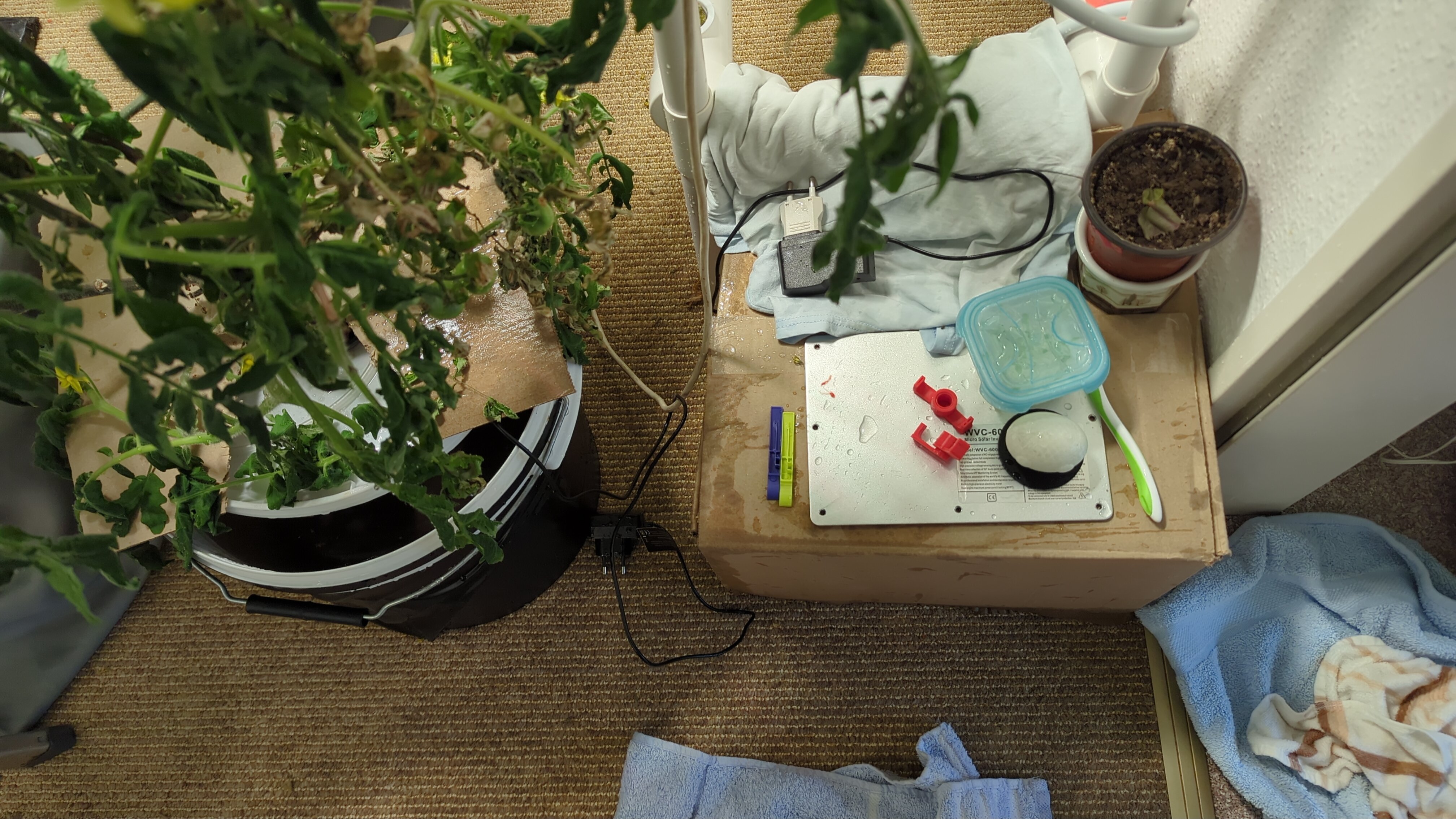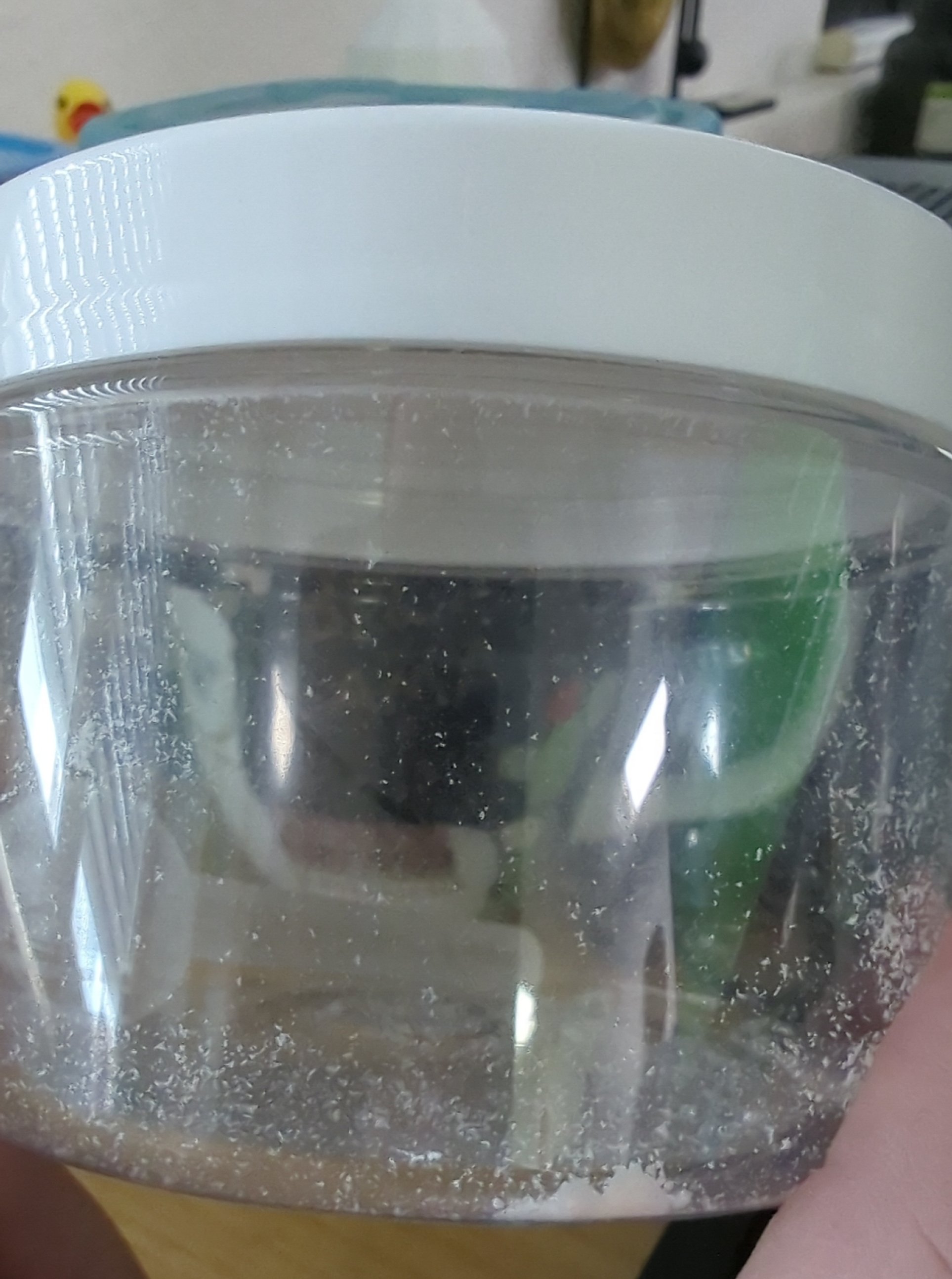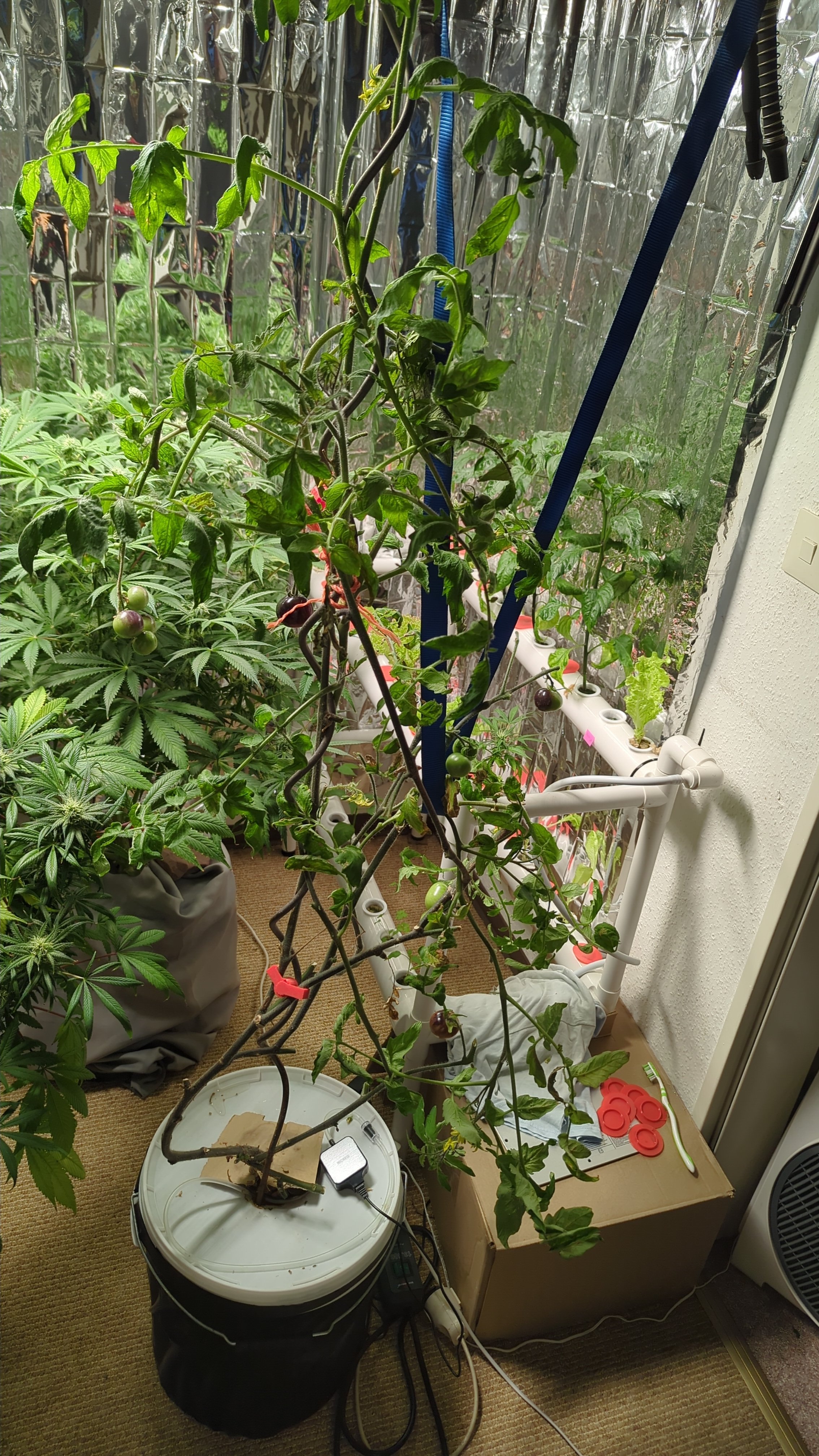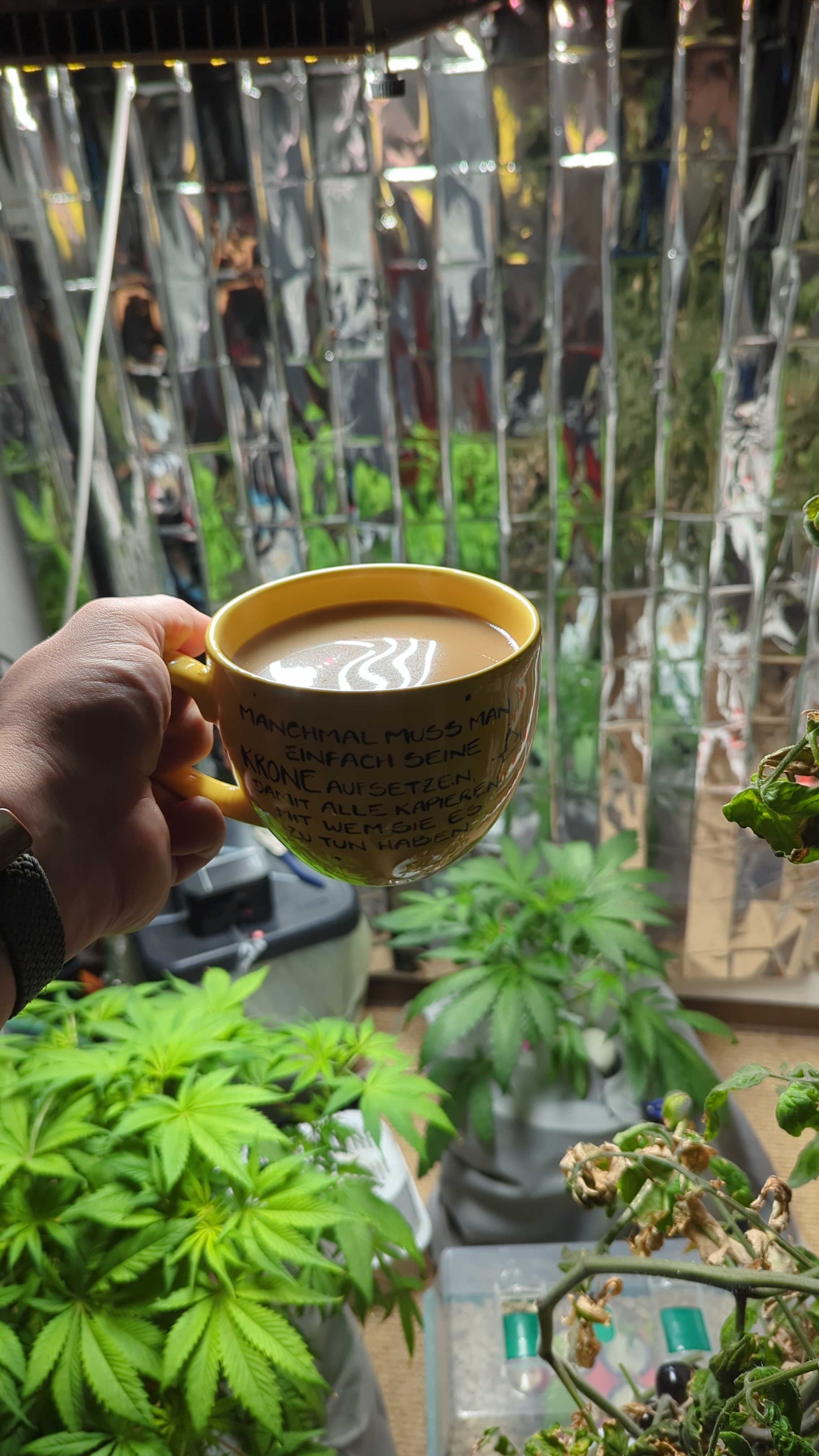TL;DR: Pon caused quite a lot of problems for me, but I noticed it way too late. It got way too wet all the time, is hard to clean and reuse, and suffocated the roots.
I nowadays strongly prefer clay balls (LECA).
Pon vs LECA
When I started my hydro journey about a year ago, I read a lot about different substrates and their pros and cons.
I often heard about "natural" mineralic substrates being superior to clay, because burnt clay is supposed to leach alkaline stuff into the plants and therefore killing them.
Because of that, and the great appearance, I decided to buy Pon in the beginning.
Pon is a mixture of different rocks, commonly zeolithe, lava rock, and basalt.
Compared to LECA, it's way heavier and coarse, giving the roots more grip.
Here's how it looks like:

LECA on the other hand is WAY rounder and usually bigger. It also feels a lot lighter.

The REAL difference
Now you may think "It's the same, it just looks different, and one is better for higher plants, giving them more structure".
NOPE.
The main difference is oxygen. Oxygen is key. Oxygen is love, oxygen is life.
Overwatering in soil doesn't mean too much water, it means not enough oxygen.
Plants need to breathe too, and just like us, we can hold our breath for some time, but begin to suffocate soon.
Pon has a way bigger surface area than LECA, but it wicks water just as well, if not better. This means, that it is constantly wet, and there's not as much oxygen stored inside as well as outside between the grains.
Some plants can tolerate this pretty well, especially moisture loving ones like Pothos or Calatheas. But many don't.
Also, because of the higher wicking capabilities, the top surface is constantly coated with nutrient solution, which evaporates and leaves a toxic salt crust behind.
LECA does that too, but not even remotely as prominent.
That's why one should flush the pots every few months at least.
Leca is ball shaped, and has a lot of big gaps in between, and if you crack one open, it's mostly air pores.
And, another contra point of Pon is hygiene.
Especially when transitioning from soil to hydro, there are always some dirt remaining, which is almost impossible to flush out. Same with dead roots and stuff.
And when you want to reuse it, Leca is way easier to boil and sieve out contaminants.
How to use each
While I personally dislike Pon, it has it's use cases.
If you look at Lechuza, one of the main Pon and pots producers, they mostly work with wicking systems, not submerged ones.
I use mostly submerged setups, meaning the cup is at max 1/3 to 1/4 filled with solution, which is constantly kept moist by capillary action.
If you use a wicking system instead, the moisture is regulated by the wick. In that case, it works relatively fine, but in my personal experience not quite as great as Leca does.
Consequences
I've killed quite a lot of plants with Pon. Mainly because of the salt build-up, which burned the roots on the top surface.
I won't throw away what I already own, but I also won't recommend it to others. Stick to Leca if you can.




























 And the electric is now Waterspill protected...(bottom right, in a Bottle gift bag)
And the electric is now Waterspill protected...(bottom right, in a Bottle gift bag)













































